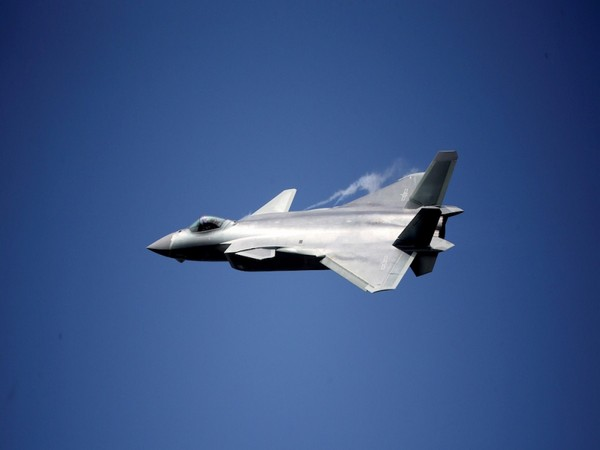
A Chinese military plane came within 20 feet.
A Chinese military plane came within 20 feet (6 metres) of the nose of a U.S. air force aircraft in the contested South China Sea last week and forced it to take evasive maneuvers to avoid a collision in international airspace, the U.S. military said on Thursday.
The close encounter followed what the United States has called a recent trend of increasingly dangerous behavior by Chinese military aircraft that have also “buzzed” planes of other countries that operate in the region including Canada.
The latest incident, which involved a Chinese Navy J-11 fighter jet and a U.S. air force RC-135 aircraft, took place on Dec. 21, the U.S. military said in a statement.
“The U.S. Indo-Pacific Joint Force is dedicated to a free and open Indo-Pacific region and will continue to fly, sail and operate at sea and in international airspace with due regard for the safety of all vessels and aircraft under international law,” the statement said.
The Chinese embassy in Washington D.C. did not immediately respond to a request for comment.
Also read: Antony Blinken: China Is America’s ‘Only Competitor’ With Intent To Reshape International Order
Prior, China has said that the United States sending ships and aircraft into the South China Sea is not good for peace.
U.S. military planes and ships routinely carry out surveillance operations and travel through the region.
China claims vast swathes of the South China Sea that overlap with the exclusive economic zones of Vietnam, Malaysia, Brunei, Indonesia and the Philippines.
China claims much of the South China Sea as part of its territorial waters, including many of the islands in the disputed body of water, some of which Beijing has militarized.
The US does not recognize these territorial claims and routinely conducts operations there, including freedom of navigation operations through the South China Sea.
Despite tensions between the United States and China, U.S. military officials have long sought to maintain open lines of communication with their Chinese counterparts to mitigate the risk of potential flare-ups or deal with any accidents.
To read more such news, download Bharat Express news apps


















